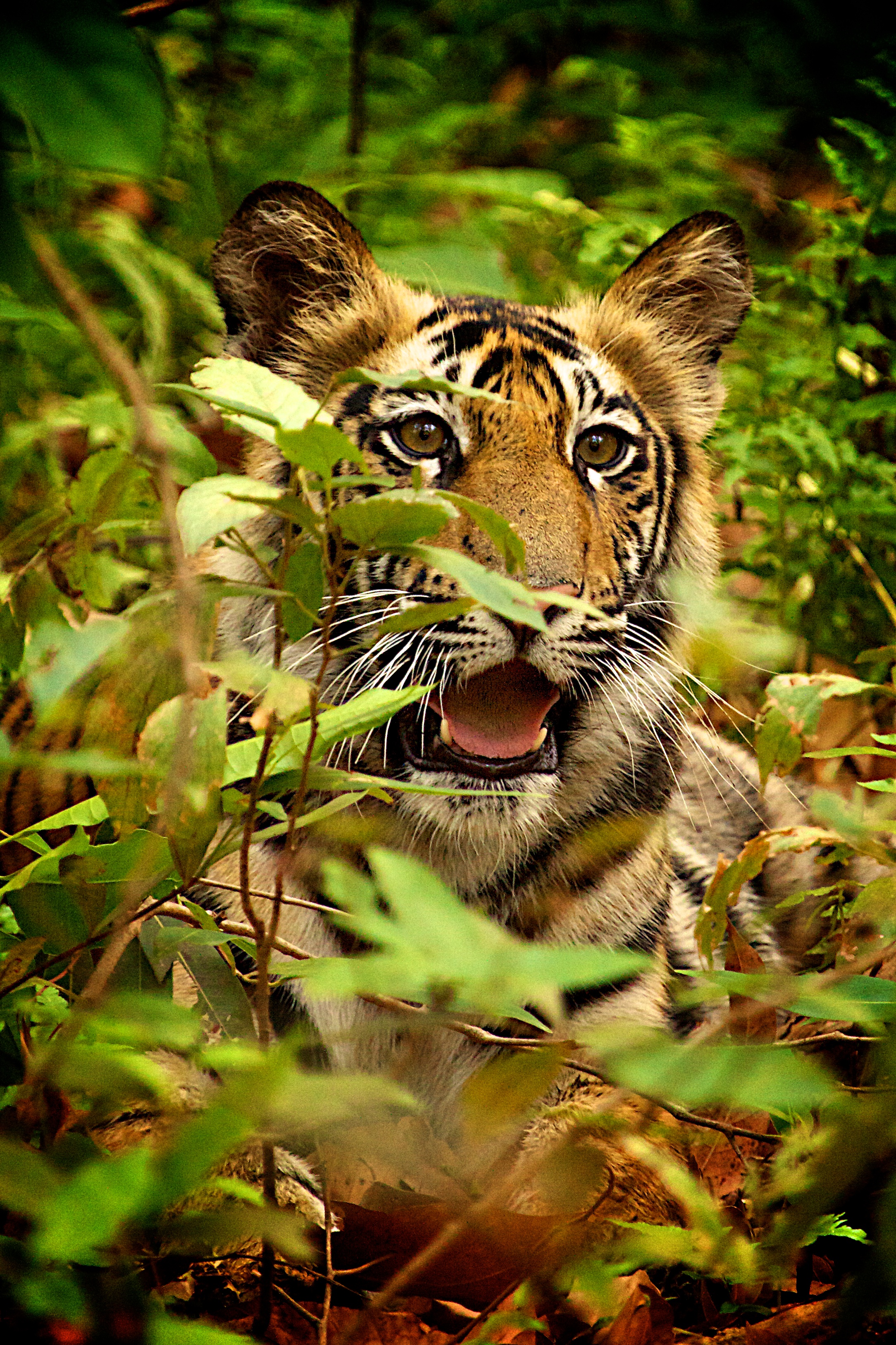How Big Are Newborn Baby Beavers How Big Are Newborn Baby Elephants
As highly social, intelligent and ecologically-important animals, elephants are a symbol of loyalty, compassion and ecosystem engineering. Tragically, because of the illegal trade of their ivory, elephants accept also emerged equally a symbol of international wildlife trafficking.
Elephants are classified into two species: the African elephant (Loxodonta africana) and the Asian elephant (Elephas maximus). Elephants alive in tight-knit matrilineal family unit groups led by a matriarch who is often the eldest female. In their habitats, elephants play the part of keystone species and ecosystem engineers because they reshape the environment, uprooting vegetation while they forage and creating new waterholes as they dig for h2o.
Defenders' Bear on
Since elephants are non native to North America, Defenders does not work on their conservation direct. As America's leading vocalism for imperiled wildlife, Defenders has a critical role to play in stopping the deadly scourge of elephant poaching by advocating for the adoption of a nigh ban on commercial trade of ivory to the Usa. Defenders is an active participant in the Convention for International Trade in Endangered Species (CITES) and helps ensure the regulation of merchandise for imperiled plants and animals across the globe. We likewise written report and advocate for stronger monitoring and police enforcement of trafficked wild fauna and wildlife products, including elephants, into the United states of america and between U.S. states.
Threats
Habitat loss is one of the key threats facing elephants. Climate change projections signal that fundamental portions of elephants' habitat will go significantly hotter and drier, resulting in poorer foraging weather condition and threatening calf survival. Increasing conflict with humans due to inroad on elephant habitat and poaching for ivory are too driving elephant declines globally.
Protection Condition
| Endangered Species Human activity | IUCN Blood-red Listing | CITES |
| Appendix I | ||
| The African elephant is threatened and the Asian elephant is endangered. | The African elephant is vulnerable and the Asian elephant is endangered. | Except the populations of Botswana, Namibia, South Africa and Zimbabwe, which are included in Appendix II subject to note ii. |
What You Can Do
Buy responsibly when looking to purchase products – avoid palm oil and threatened rainforest woods, buy shade grown coffee and sustainable cocoa, and reduce your carbon footprint. Choose responsible ecotourism trips and tour operators and treat wildlife with respect. Speak up for habitat and wild animals protections.
Facts
Loxodonta africana and Elephas maximus
African elephants are larger than Asian elephants. Males stand up 7-11 ft at the shoulder; females of all subspecies are smaller than males and stand 7-9 ft at the shoulder.
Upwards to 30 ft torso to tail
6,000 - 15,000 lbs
Range/Habitat
African elephants alive in diverse habitats including wetlands, woods, grassland, savanna and desert across 37 countries in southern, eastern, western and primal Africa. The Asian elephant is plant beyond 13 countries in South, Southeast and East Asia.
Population
At the turn of the 20th century, there were a few million African elephants and well-nigh 100,000 Asian elephants. Today, there are an estimated 470,000 African elephants and between forty,000 - fifty,000 wild Asian elephants.
Behavior
Elephants form deep family unit bonds and live in tight matriarchal family groups of related females chosen a herd. The herd is led past the oldest and often largest female in the herd, called a matriarch. Herds consist of 10-140 individuals depending on terrain and family size. When a calf is built-in, it is raised and protected past the entire herd. Males exit the family unit between the ages of 12-15 and may pb solitary lives or alive temporarily with other males. Elephants are extremely intelligent animals and have memories that bridge many years. This retentiveness serves matriarchs well during dry out seasons when they guide their herds, sometimes for tens of miles, to watering holes that they remember from past years. Elephants also display signs of grief, joy, acrimony and play. Recent discoveries have shown that elephants tin can communicate over long distances by producing a sub-sonic rumble that can travel over the ground faster than sound through air. Other elephants receive the letters through the sensitive skin on their feet and trunks. It is believed that this is how potential mates and social groups communicate.
Reproduction
Mating Season: More often than not during the rainy season.
Gestation: 22 months.
Litter size: 1 dogie (twins rare).
Calves weigh between 200-250 lbs at nativity. At nascency, a calf's trunk has no muscle tone, therefore information technology will suckle through its rima oris. Information technology takes several months for a calf to gain total control of its trunk.
Diet
Staples: Grasses, leaves, bamboo, bark, roots. Elephants are too known to eat crops similar banana and sugarcane which are grown by farmers. Adult elephants eat 300-400 lbs of food per mean solar day.
News
Image

Elephants Blog Posts
Image

Related Issues
Wildlife and Wild Places
Get Alerts & Updates
Source: https://defenders.org/wildlife/elephants
Post a Comment for "How Big Are Newborn Baby Beavers How Big Are Newborn Baby Elephants"